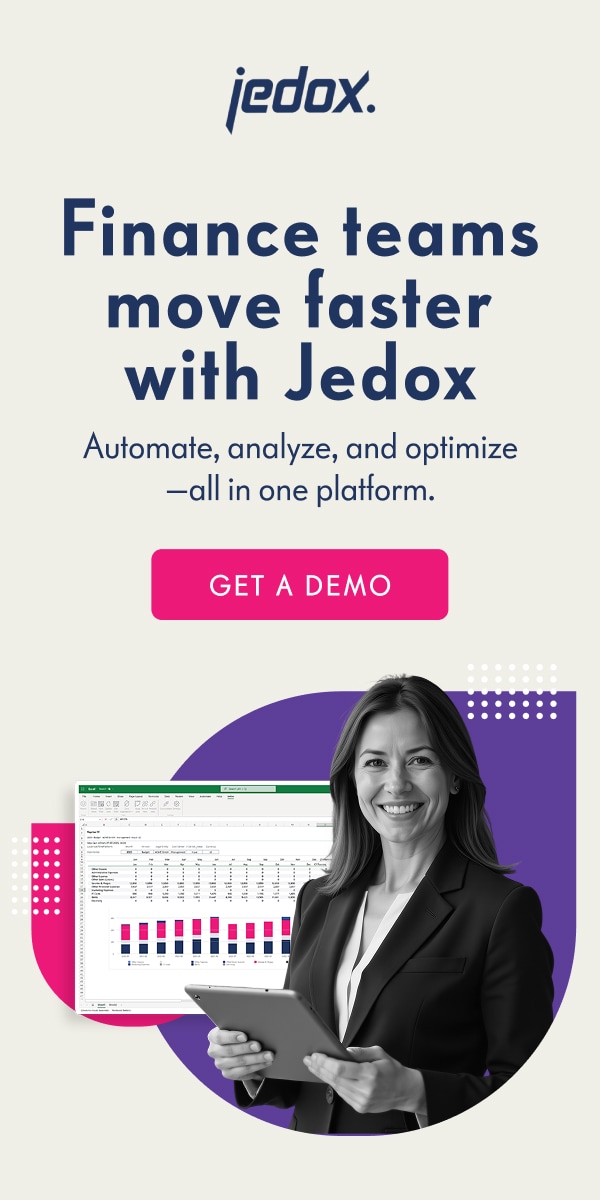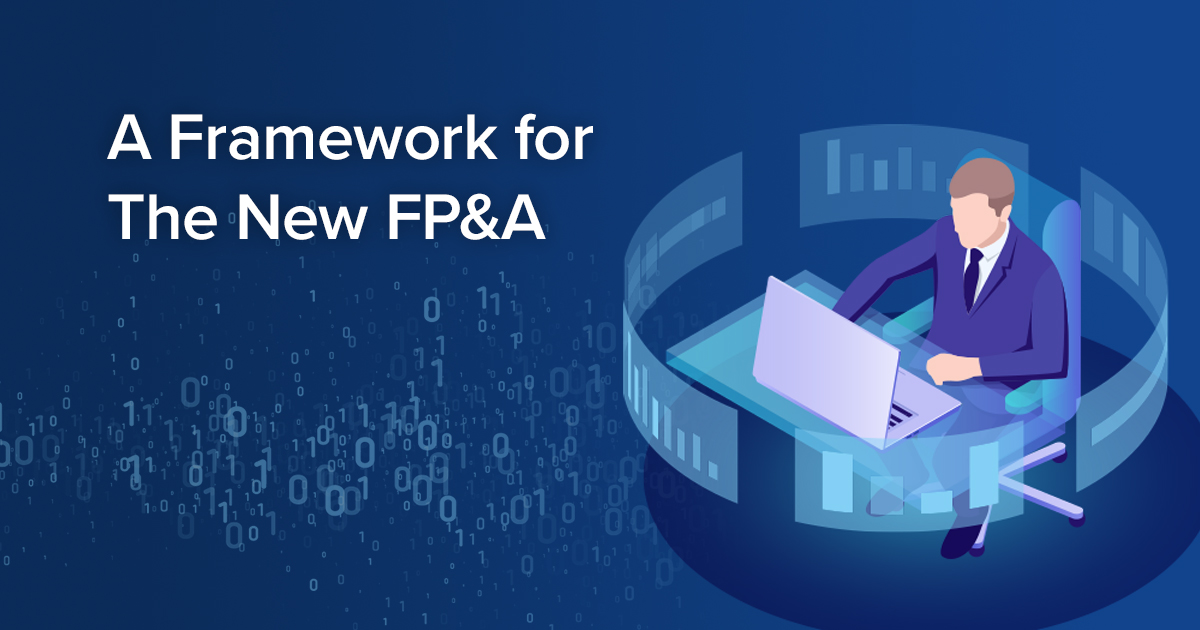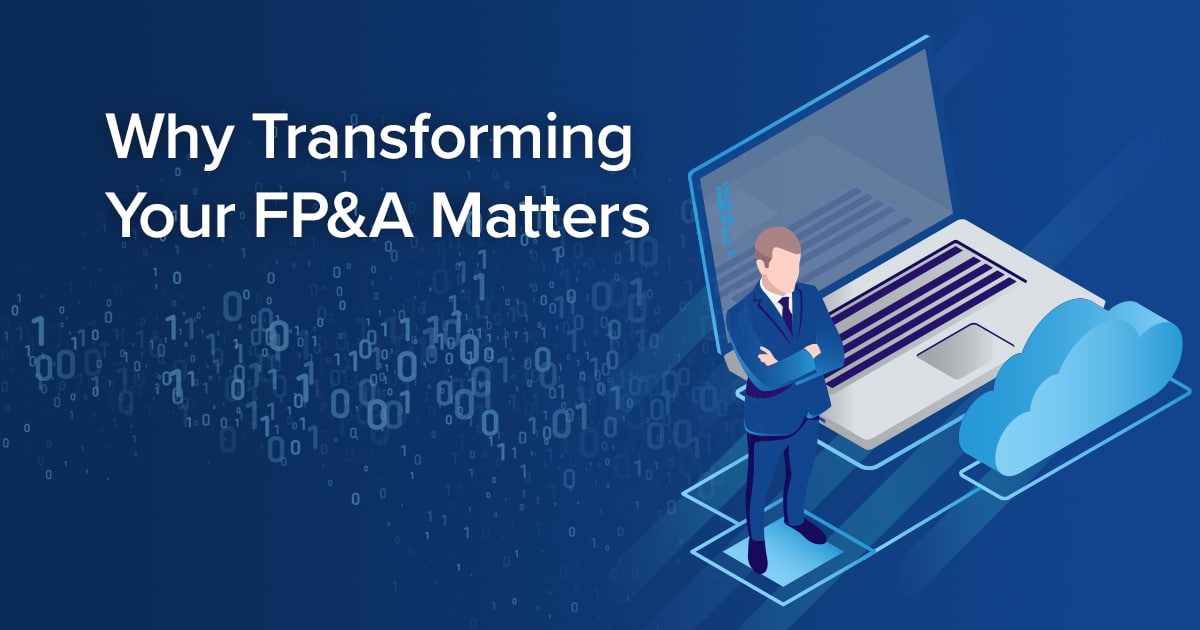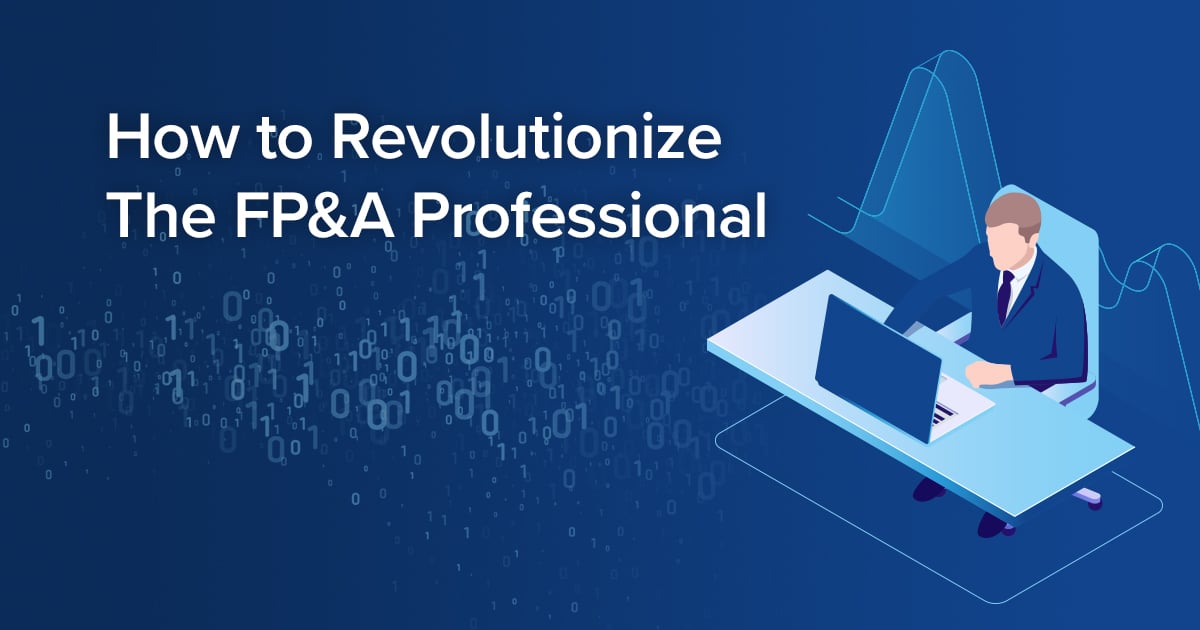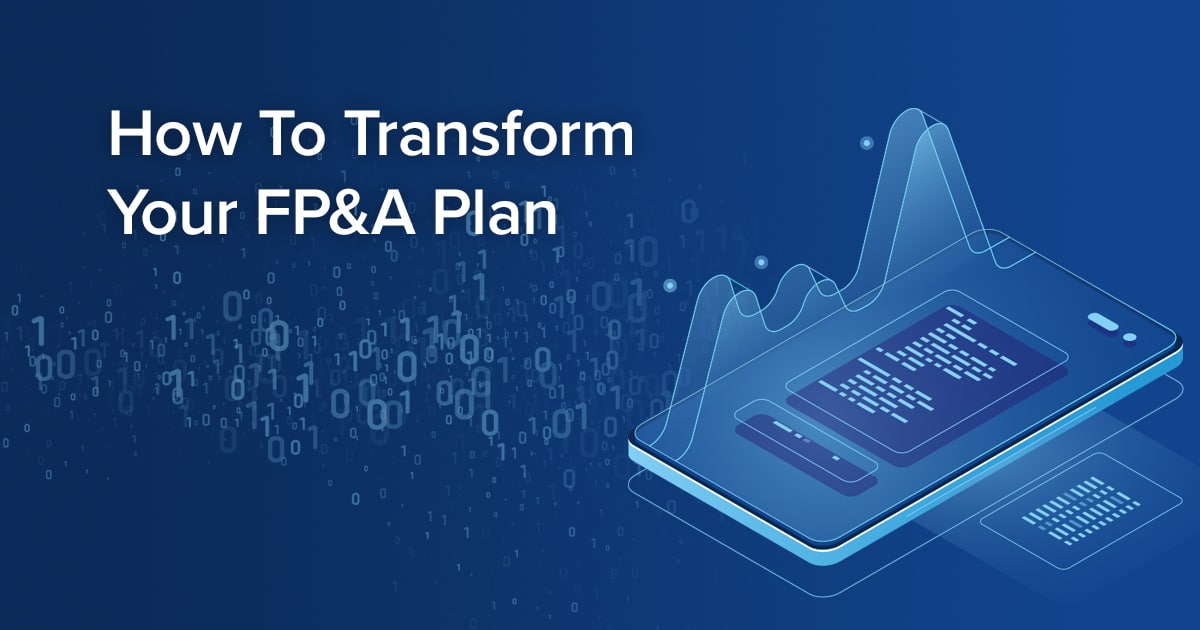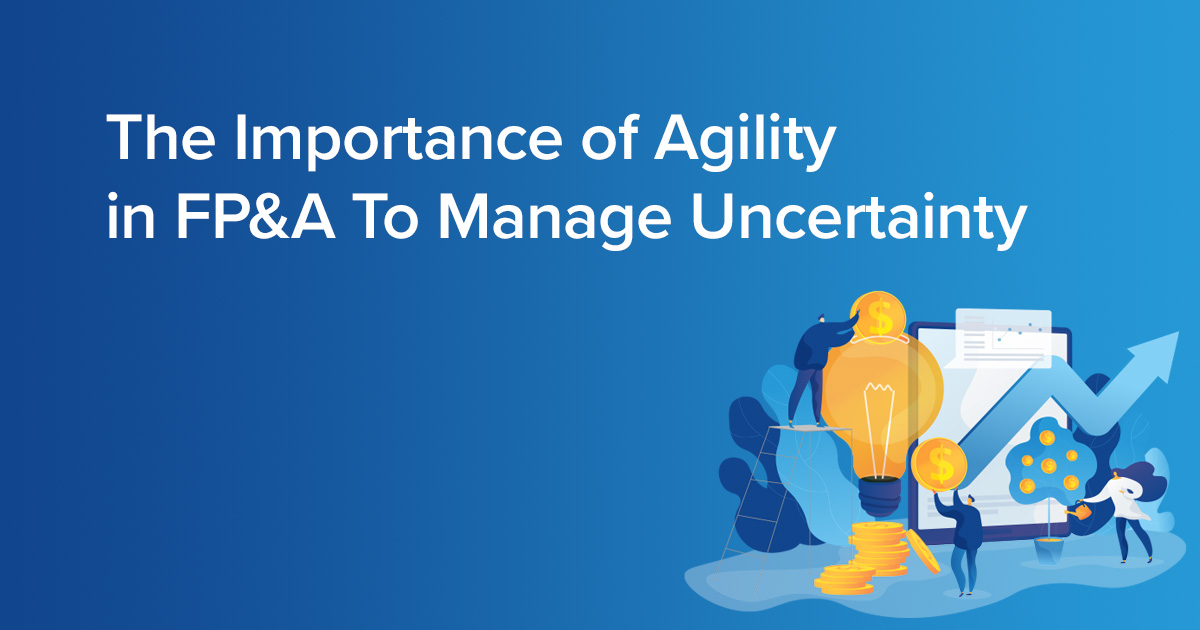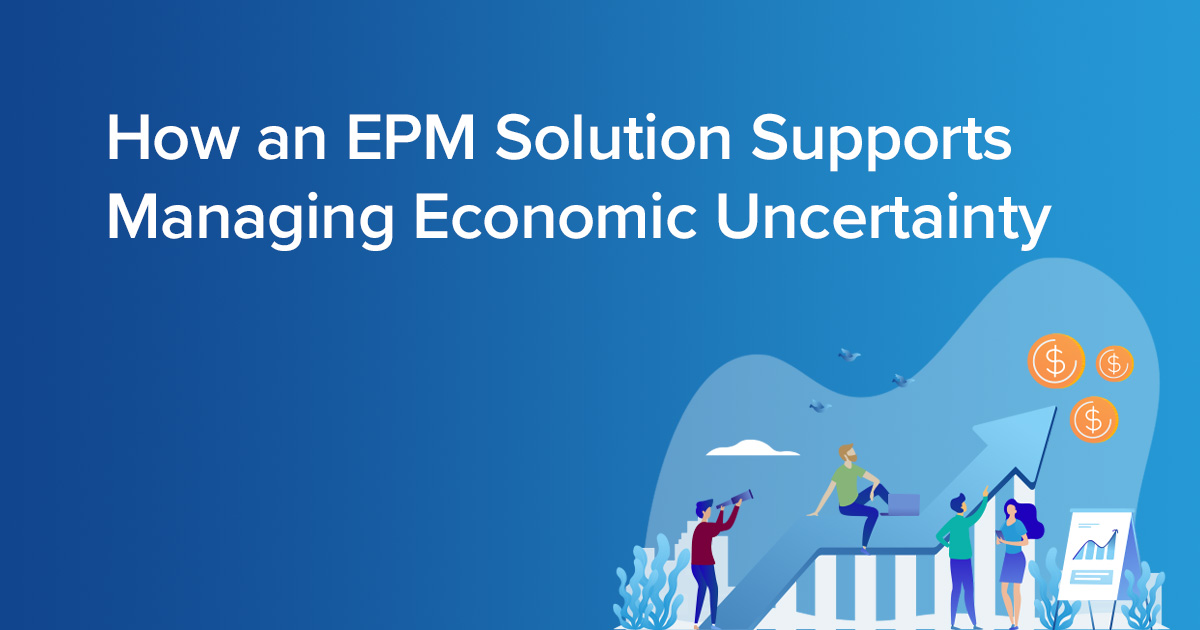
Exploring the mindset of CFO 4.0
“What got you here won’t get you there” is a popular saying and CFOs around the world have long since realized this. However, creating the actual change needed to “get us there” is not taking place at the speed required. The WHY is understood but the WHAT and the HOW is where the going gets tough.
In a recent post “Behold the Emergence of CFO 4.0”, we explored the emergence of CFO 4.0 and outlined five key changes for CFOs and their finance teams to make to get into the future. Now we will take a step deeper into each of the changes and explore WHAT needs to change. In later articles we will discuss what the change requires, not least changing how we spend our time and HOW to make the change happen.
It all starts with the mindset, and it should start at the top. That means the CFO must be the first person to change her mindset for change to truly take place across the finance function. We say the CFO should change from “thinking like a cost center to becoming a profit driver.” What does that mean?
Five key mindset shifts for the CFO
For CFOs and the finance function to become profit drivers there are five key shifts to make. Let us explore each of them in further detail.
From minimizing cost (of Finance) to maximizing business value
Whenever a company needs to save cost, they often place Finance at the helm. We can do the analysis, create the benchmark, make technical suggestions for how to cut, and levy those cuts upon business leaders across the company. Because of this role there is heavy scrutiny on the cost of the finance function and a strong desire to drive it as low as possible. However, in the age of Finance 4.0 it is time to change the narrative.
Instead of a one-sided focus on cost cutting we should focus on maximizing business value. Sometimes that does mean cost cutting but at other times it could be revenue-generating initiatives or long-term investments. Without a more balanced approach we will simply reduce the finance function to an overhead that should be minimized to greatest extent possible.
From explaining past performance to driving future performance
Too often Finance focuses on the financials. It sounds logical and intuitive to do so, however, in doing so we forego many opportunities to improve performance. That is because financials are lagging indicators. They are history. It is not to say we cannot learn from history, but we certainly cannot improve it.
Instead, we should move our focus to business performance because this will be a leading indicator for financial performance. In making this shift we will also move closer to the business leaders that we try to help improve performance. Simply learn from your business stakeholders what are their key business priorities and then spend your time delivering on those. Only when business and financial performance are out of sync should you dig into the financials.
From eliminating risks to taking the right risks
Doing business means we are taking risks. We do so to realize some rewards like increased shareholder value. If we eliminate risk, then there is likely not any return to be made. It is that simple, yet many finance functions frequently talk about how to eliminate risk. They see risk as something bad and their often risk-averse nature is a key driver of this.
It is time we change our approach to risk though. We should have a risk neutral approach to all decisions we make in the company. In simple terms, we should we consider risks and opportunities for each decision equally. Once we have identified both we should seek to maximize the opportunities and mitigate the risks. Only when taking a risk-neutral perspective can we take the right risks more often.
From data and reporting to insights
A large part of the finance functions time is spent on working with data: acquiring, cleaning, organizing, etc. While this might be a necessary evil to make use of the data it is certainly not where the value is added. Even if we structure this in a nice report, we are often only telling business leaders what they already know.
Instead, we should tell them something they don’t know but can help them make better decisions. In short, generate insights and present and discuss same with our business leaders. There are many ways to generate insights. Often it involves pairing financial information with non-financial information, working on it through modeling and analytics, gathering perspectives from business leaders and customers, and taking a structured approach through problem-solving.
From finance centric to customer centric
For too long has Finance been looking at its own objectives and interests in terms of being successful. Improve the month-end close, automate a process, or eliminate risk. In essence, the finance function could be successful while the business was failing.
This is of course illogical as no business was created due to its finance function. Finance was created because there being a business in the first place. Hence, to be successful in the future Finance should adopt the objectives of the business it is supporting. There are three key objectives generally speaking; 1) meeting or beating agreed business goals, 2) getting positive feedback from business leaders, and 3) being able to document and articulate Finance’s role in the business being successful.
Make these five shifts and you are entering the age of 4.0. This is what will get you there!
Are you ready to get going?
These shifts will obviously not be made in a day. Even when the CFO has changed her mindset it will take time to imbed it throughout the finance function. Another key challenge is that people are doing work today and if that work is not done differently then there will be no time make the change.
In our next post, we will explore how the finance function can make time for the work that matters as outlined in this post. We will share some practical steps to take as we make the bold claim that you can fast free up 20% of your time do more value-adding work. Are you ready to get started on that journey?


